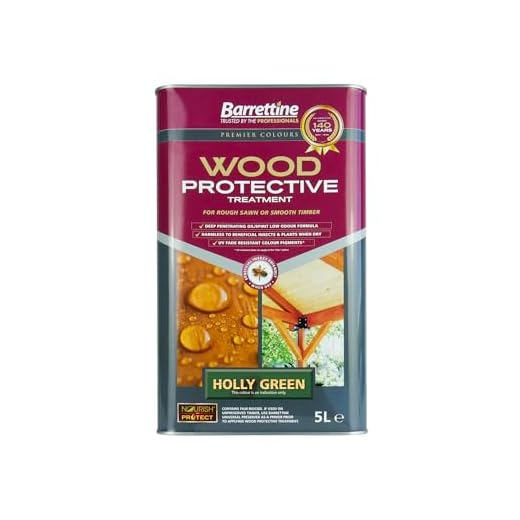
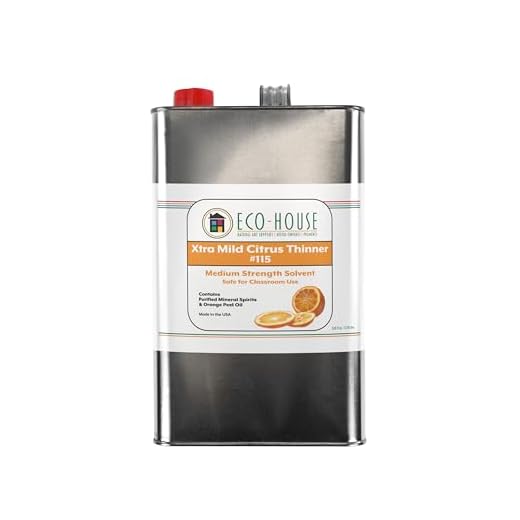


Using a mixture of warm water and white vinegar proves remarkably effective against dirt and grime. Combine equal parts of each in a bucket, then apply the solution to the affected surfaces with a soft-bristled brush. This method not only gently removes stains but also helps to preserve the natural finish of the timber.
For more stubborn marks, consider creating a paste using baking soda and water. Apply this blend directly to the problem areas, allowing it to sit for approximately 15 minutes before scrubbing with the brush. Rinse thoroughly with clean water to avoid any residue that may dull the surface.
Regularly inspect and seal any cracks or joints with a suitable exterior-grade sealant. This practice not only enhances the appearance but also protects against moisture infiltration, which can lead to significant damage over time. By addressing maintenance tasks proactively, long-term preservation of your timber façade becomes achievable.
Incorporating these simple yet effective methods into your routine will help keep your timber exterior looking its best, while maintaining its integrity for years to come.
Cleaning Techniques for Exterior Timber
The first step is to gather the necessary materials: a broom, a bucket, a scrub brush, and a cleaning solution. I recommend using a mixture of water and a mild detergent or a mixture of vinegar and water. These options are non-toxic and gentle on surfaces.
Begin by removing loose debris with the broom. This step prevents dirt from becoming muddy when you apply the cleaning solution. Once clear, use the scrub brush dipped in the cleaning solution to tackle stains and grime. Apply the mixture in small sections, scrubbing in the direction of the grain to avoid damaging the fibres.
For stubborn spots, consider creating a paste with baking soda and water. This can be directly applied to affected areas. Allow it to sit for a few minutes before scrubbing. Use a separate sponge or cloth to rinse that section with clean water to prevent residue build-up.
After you finish the scrubbing, use a hose with a spray nozzle to rinse off the cleaning solution thoroughly. Make sure to use a gentle spray to avoid damaging the material. Consider rinsing from top to bottom to prevent dirt from settling on already cleaned areas.
Lastly, allow the surface to dry completely. Regular maintenance every few months will help keep the timber looking fresh and prolong its lifespan. Storing tools properly will also ensure they remain in good condition for future tasks.
Choosing the Right Cleaning Solution for Wood Surfaces
Start with a gentle, biodegradable detergent specifically designed for natural materials. Look for pH-balanced formulas to avoid damaging the finish. I recommend a citrus-based cleaner for its natural grease-cutting properties, which is effective yet safe.
If mould or mildew is a concern, opt for a solution containing sodium hypochlorite or hydrogen peroxide. These agents will help eliminate stubborn fungi effectively. Always dilute according to the manufacturer’s instructions, ensuring potency without harming the surface.
A mixture of white vinegar and water can serve as a mild, eco-friendly alternative for regular maintenance. This blend not only cleans but also aids in neutralising odours and discouraging regrowth of mould.
For stubborn stains caused by rust or dirt build-up, consider specialised rust removers that are compatible with natural coatings. Ensure that any solution you select is suitable for the particular finish of your surface to avoid any adverse reactions.
When mixing any solution, always wear gloves and goggles to protect your skin and eyes. Test the chosen cleaner on a small, inconspicuous area first to gauge its reaction with the surface before application on the larger area.
Preparing Your Timber Exterior for Cleaning
Clear the area around your timber facade by removing any furniture, potted plants, or decorative items. Protect these objects from dust and debris during the process. Consider laying down a tarp or old sheets to catch falling dirt and cleaning solution, making post-cleaning easier.
Ensure the weather is suitable; aim for a cloudy day to prevent the drying of cleaning solutions too quickly, which may leave streaks. If the forecast predicts rain, schedule your task for a different day.
Conduct a thorough inspection for loose boards, cracks, or signs of rot. Address any structural issues before initiating the cleaning process. Loose boards could become dislodged, and cracks might allow moisture to penetrate, leading to further deterioration.
Wear appropriate protective gear, such as gloves and safety goggles, to shield yourself from potential irritants in the cleaning solutions. Adopting a cautious approach ensures personal safety while working.
Consider pre-soaking mildew or mould spots with warm water to loosen them. This additional step can enhance the efficiency of your chosen cleaning method and improve the overall result.
Gathering the Necessary Tools for the Job
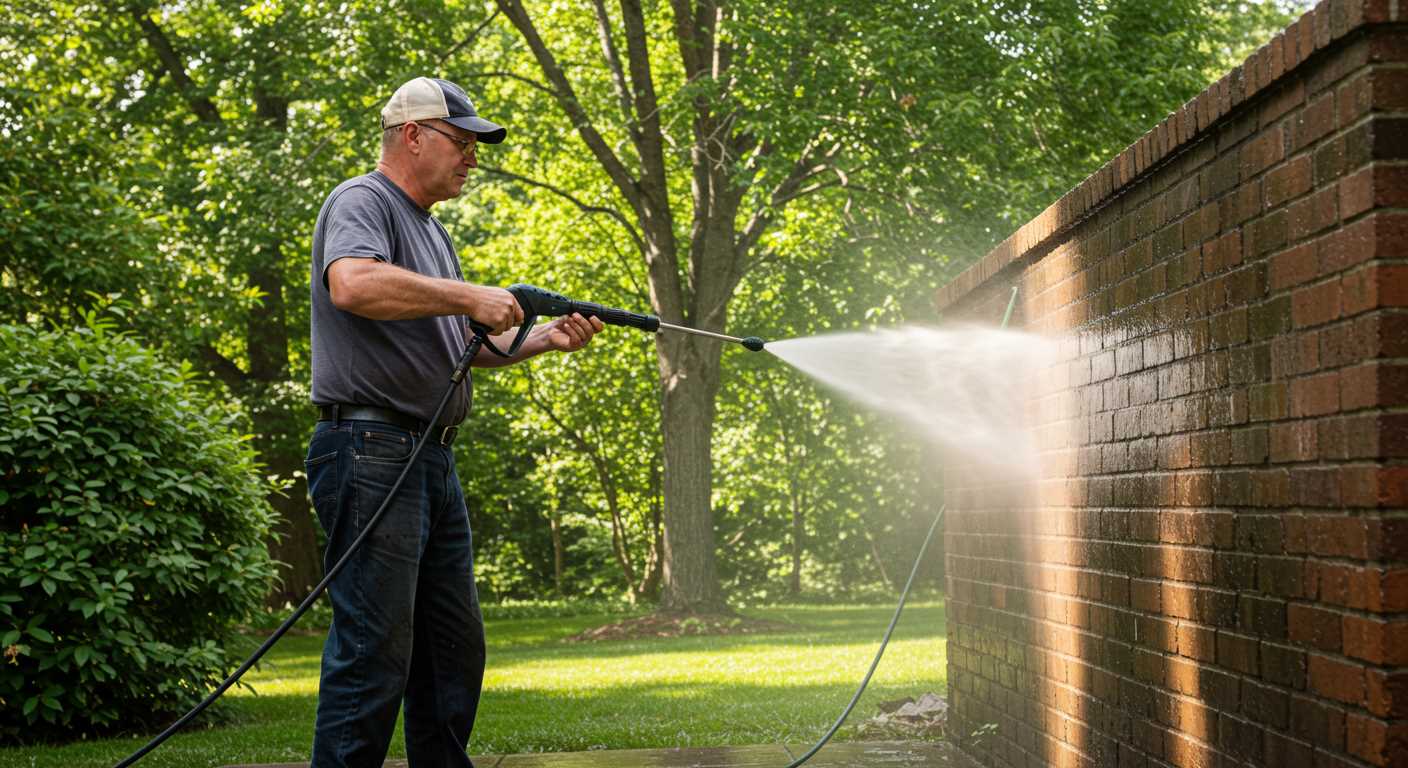
To effectively tackle the cleaning process, obtaining the right tools is crucial. Start with a sturdy ladder for reaching higher areas safely. A good-quality scrub brush with a long handle allows for thorough scrubbing while minimising strain on your back.
Recommended Tools
Here’s a concise list of what you’ll need:
| Tool | Purpose |
|---|---|
| Ladder | For accessing elevated sections safely |
| Long-handled scrub brush | For applying cleaning solution and scrubbing |
| Bucket | For mixing and holding your cleaning solution |
| Garden hose | For rinsing off surfaces after cleaning |
| Protective gloves | To protect your hands from cleaning agents |
| Sponge or cloth | For detailing and wiping down surfaces |
Additional Considerations
Consider using a spray bottle for applying the cleaning solution to hard-to-reach spots. Keeping some old towels handy will help catch any excess liquid and protect nearby plants. Ensure you also have appropriate safety gear, such as eyewear, if working with strong cleaning agents.
Step-by-Step Guide to Manually Clean Wood Siding
Begin by wetting the surface with water. This helps to loosen any debris. Use a garden sprayer or a bucket with a sponge to apply water evenly.
Select a soft-bristle brush or a non-abrasive scrubbing pad. A long-handled brush can make the task easier, especially for hard-to-reach areas. Scrub gently using a circular motion to avoid damaging the finish.
Apply a suitable cleaning solution. Mix the product as per the manufacturer’s instructions. You can use a mixture of vinegar and water or a commercially available cleaner designed for this purpose. Ensure that the solution is non-toxic and safe for the environment.
Work in sections, applying the solution to one area at a time. Allow the mixture to sit for a few minutes, then scrub the surface to lift stains and dirt. Rinse the section thoroughly with clean water after scrubbing.
Continue this process until the entire exterior is completed. Keep the water close by to rinse off any remaining cleaner immediately after scrubbing to prevent residue from drying on the surfaces.
If any stubborn spots remain, repeat the scrubbing step. For persistent mildew or mould, a mixture of baking soda and water can be effective. Apply it to the affected areas and scrub gently.
After cleaning, allow the surface to dry completely. Assess the finish; if needed, consider applying a protective coat to maintain the exterior’s appearance and durability.
Tips for Tackling Tough Stains and Mildew
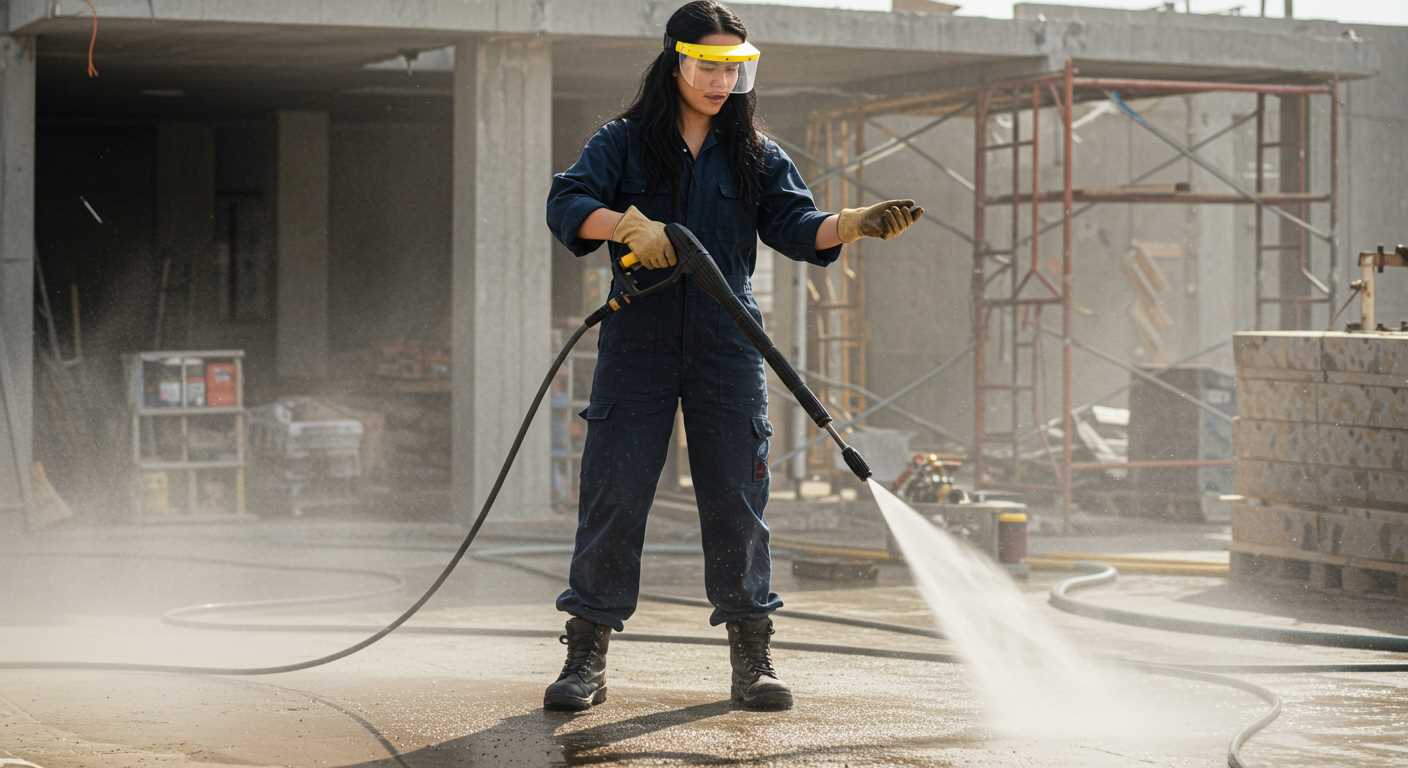
Bleach solution is a powerful ally against mildew. Mix one part bleach with three parts water, then apply it to affected areas using a soft brush. I recommend allowing it to sit for 10-15 minutes before rinsing thoroughly.
For stubborn stains, create a paste using baking soda and water. Apply it directly onto the stain, scrub gently with a sponge or brush, and rinse. This method works wonders for discolouration caused by grime or organic material.
Vinegar as a Natural Alternative
White vinegar is effective for tackling mildew and musty odours. Spray a solution of equal parts vinegar and water on the surface. Let it sit for about half an hour, then wipe it clean. This is particularly useful for delicate finishes where harsh chemicals could cause damage.
Regular Maintenance
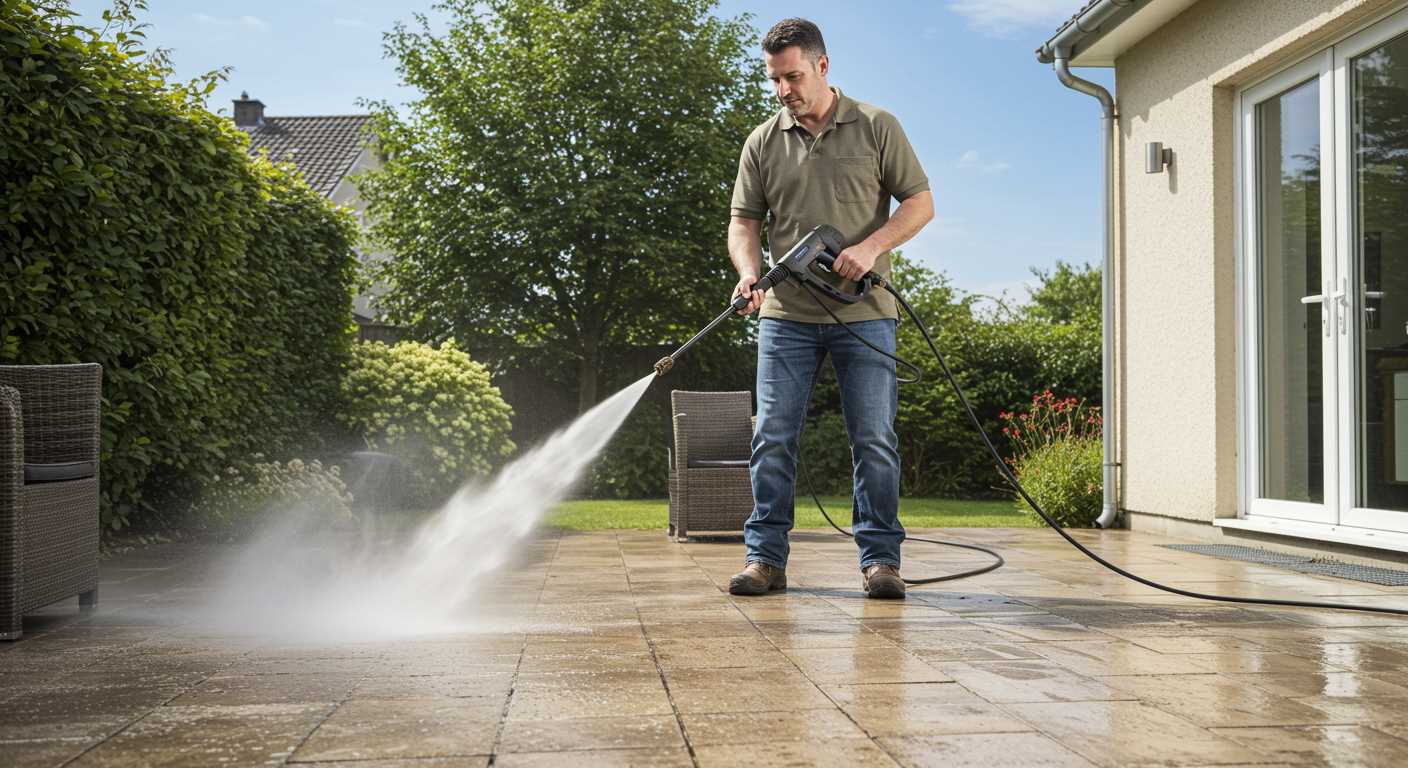
Consistent checks for mildew or stains can save time and effort. Regular brushing and washing with a mild soapy solution remove buildup before it becomes problematic. Incorporating this into your routine ensures your exterior remains in top condition.
For those tough-to-reach corners, consider using a long-handled brush to apply your cleaning solutions. Avoid using abrasive materials that could scratch the finish and cause further damage.
Rinsing Wood Surfaces Properly
Utilise a garden hose with a spray nozzle set to a gentle stream to effectively rinse. Avoid high-pressure settings to prevent damage.
Follow these steps for optimal results:
- Position the Hose: Start at the top of the area and work downwards to allow dirt and debris to flow away from the surface.
- Adjust the Nozzle: Choose a nozzle that offers a wide spray angle, ensuring even distribution of water without excessive force.
- Maintain a Safe Distance: Hold the nozzle about 2-3 feet from the surface to avoid any unwanted impact while ensuring effective rinsing.
- Rinse in Sections: Work methodically through small sections to ensure everything is adequately rinsed without missing spots.
For stubborn residues, a soft brush can be used to agitate the area before rinsing. Opt for a diluted cleaning solution if needed, but ensure thorough rinsing to remove any residue.
Regular checks are advisable to spot any missed areas that might need additional rinsing. This simple method maintains the integrity and appearance of the material over time.
Maintaining Your Clean Wood Exterior for Longevity
Regular inspection is key. Examine your timber façade every few months for signs of wear or damage. Look for cracking, peeling, or even chips that could lead to more significant issues if left unattended.
A coat of preservative or sealant annually helps protect against moisture and UV damage. This simple step enhances durability and maintains aesthetic appeal. Ensure the surface is dry before application for best results.
During seasonal changes, remove any organic debris like leaves or twigs that may accumulate. This prevents moisture retention and discourages mildew growth, preserving the integrity of your exterior.
For sustainable upkeep, consider implementing a routine preventive maintenance schedule. Documenting these tasks can help keep you organised and aware of any emerging issues before they escalate.
In case of damage, address repair needs promptly. Whether it’s replacing chipped sections or patching up areas affected by pests, timely interventions will contribute to the overall longevity of your home’s exterior.
Finally, educate family members about the importance of maintaining the exterior. Involving others fosters a collaborative approach to caring for your property and instils a sense of responsibility.
Safety Precautions While Cleaning Wood Surfaces
Always wear protective gear, including gloves and safety goggles, to shield your skin and eyes from harsh chemicals. This precaution prevents irritation and potential damage, ensuring a safer experience.
Ensure the area is free from pets and children. Maintaining a safe distance from potential hazards avoids accidents and keeps everyone out of harm’s way.
Check the weather conditions before starting. Avoid working during rain or high winds, as these can cause slips and falls or affect the cleaning process, leading to ineffective results.
Use a stable ladder when accessing elevated areas. Inspect the ladder for stability and strength, positioning it on flat ground to prevent any falls or injuries.
Be mindful of nearby plants. Cover vegetation with tarps or plastic sheets to prevent damage from cleaning solutions that may be harmful to them.
Test any cleaning solution in an inconspicuous area first. This trial run ensures that it won’t harm the surface or alter its appearance, allowing for adjustments if needed.
Keep a bucket of clean water nearby for quick rinsing of spills. This minimizes the risk of accidents associated with chemical exposure and promotes a safer working environment.
Stay aware of your surroundings, especially if using extension cords for electric tools. Avoid tripping hazards by keeping cords organized and out of the way.
Dispose of any used cleaning supplies responsibly. Follow local regulations regarding hazardous waste to ensure safe and environmentally friendly disposal.



